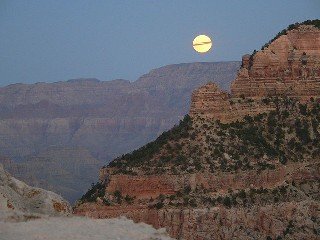If you miss out on your prize buck each year, listen to those old wives’ tales and blame it on the rutting moon. Several research studies and experiments indicate that werewolves aren’t the only things the moon changes. These experts believe the moon’s negative and positive ions alter a deer’s behavior differently throughout the year.
Three Rutting Phases
A deer’s rutting season consists of three distinct segments, which last anywhere from one to three months. Researchers believe the second full moon after the autumn equinox, called the ‘rutting moon’, starts it all off. However, the start date, intensity, and length of each segment will depend on the number of bucks in the group and the size of the herd.
The first segment, known as the seek phase, offers hunters the best opportunity for bagging their prized buck. During this period, their testosterone levels increase sharply and they start looking for does. During this time, they’ll spend their day making large amounts of scrapings and tracking the scent of a doe in heat.
Hunters can use these markings to find their trophy, set up their tree stand in just the right spot, and wait for their trophy to come to them. According to the moon, you’ll notice the height of buck activity three to four days before the appearance of the rutting moon.
The chasing segment of the rut occurs from approximately three days after the rise of the rutting moon until up to four days into breeding. During this phase, bucks will actively chase does until it finds the right one. You’ll likely also notice more severe markings. Unfortunately, the frenzied chase means the deer are often tough to catch long enough to get a good shot.
The actual breeding portion of the rut starts around one week from the rutting moon and only lasts for around two weeks. During this time, the females will stay in one area, and therefore, so do the bucks. Because it’s difficult to get into position unnoticed, you’ll find it to be less than ideal hunting conditions.
Could The Moon Really Give Deer An Attitude Change?
The ocean tides depend on the moon phase and time of year, so why not animals? For years, fishermen have used the moon and to determine the best days to go fishing. Ask any hunter, and they’ll mention days where they’ve noticed increased activity and better hunting conditions with no apparent explanation.
Can you always depend on the moon to predict a successful hunt? While it would be nice, don’t take it too seriously. Several other factors interfere including the weather, temperature, time of year, and environmental stresses.
Remember that you only have a set amount of time to bag that buck, and you’ll never see him if you watch the sky and wait for perfect conditions. To maximize your chances, go out and use your skills the best you can. Bringing a little luck couldn’t hurt either.
Deer
-
Let's go surfin' dude!
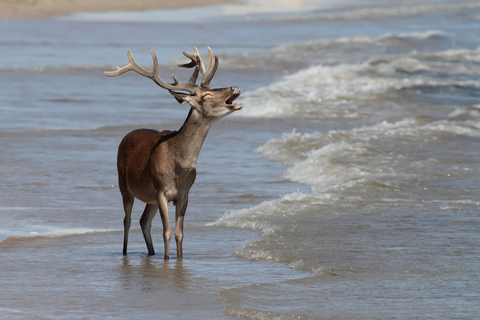
-
Beautiful whitetail deer
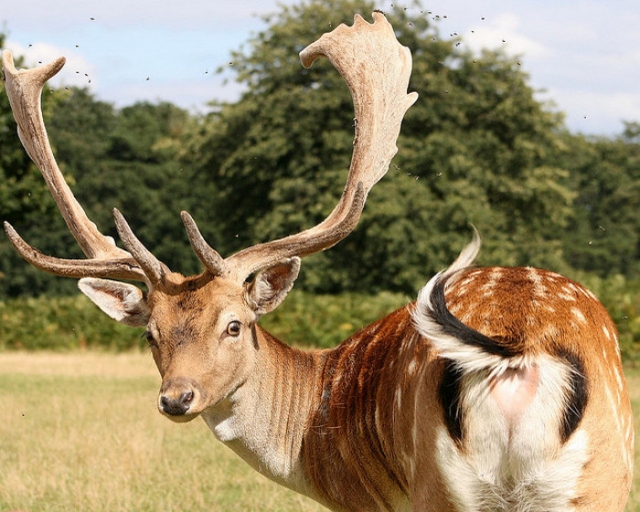
-
Do these stripes look like targets?
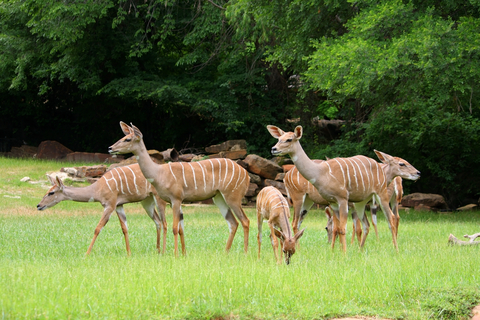
-
Deer down
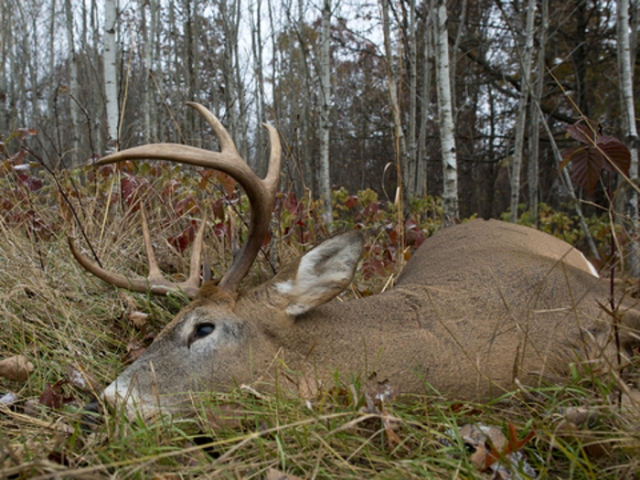
-
Maybe this rock will provide cover.

-
Hey little guy.

-
I'm a pretty boy.
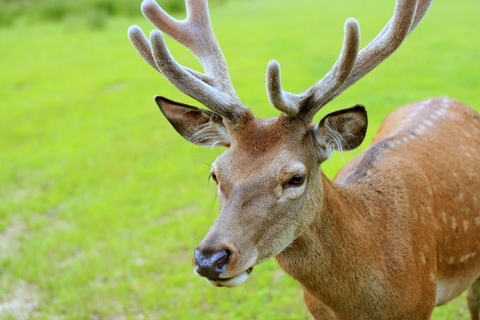
-
Do my ears look big to you?
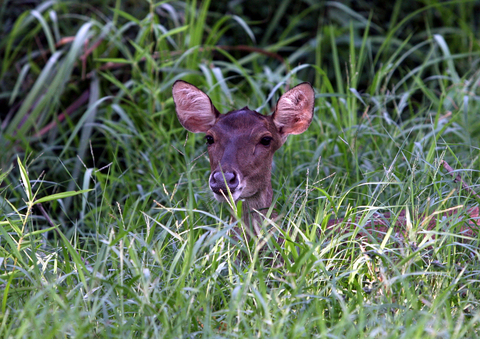
-
The perfect shot

-
I'm just going to learn to like this stuff.
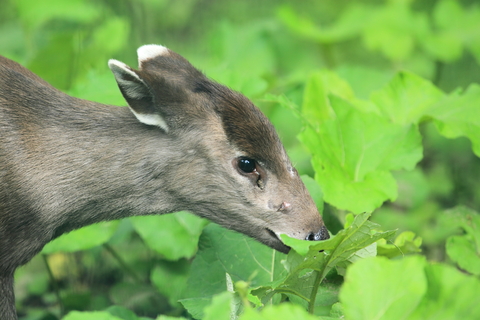
-
A rare albino deer
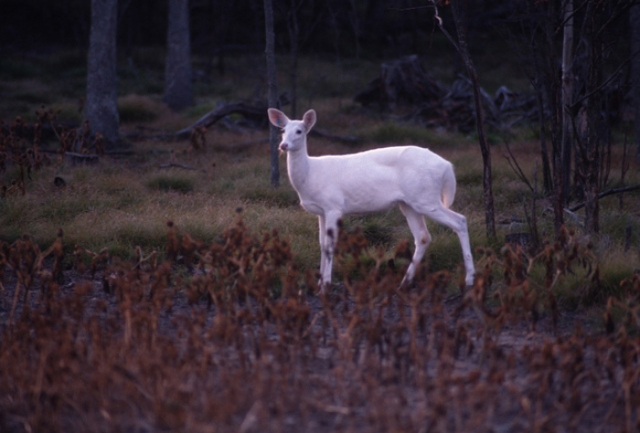
-
Blacktail deer in dry grass
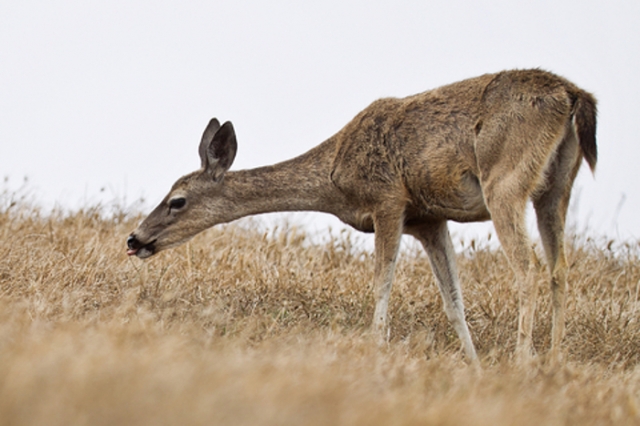
-
Blacktail deer on lush hillside
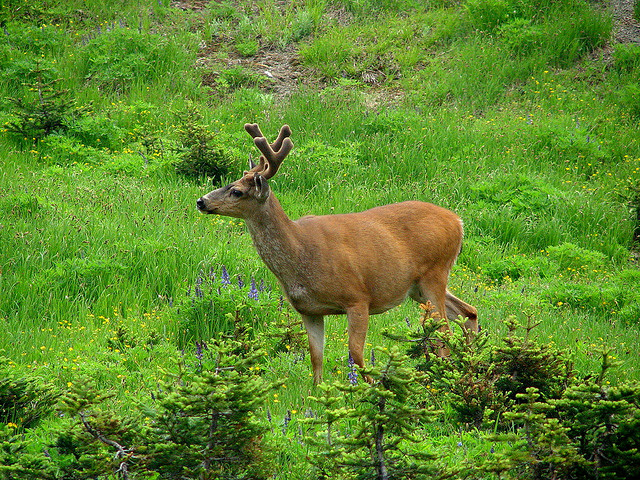
-
A leen blacktail deer seeks shade
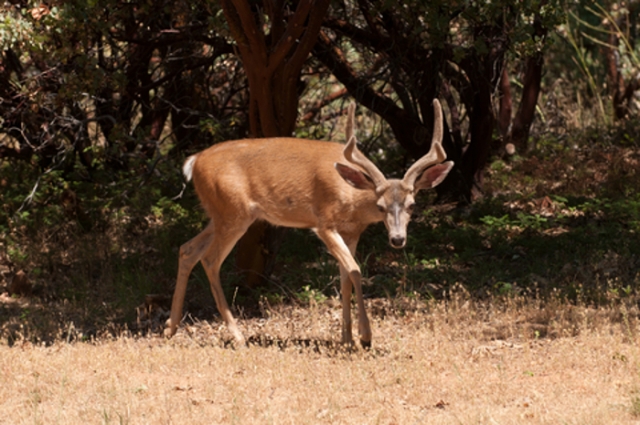
-
Deer in Brownfield, Texas
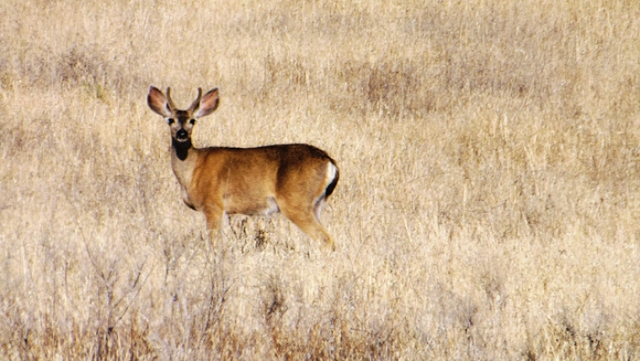
-
Deer in the rain
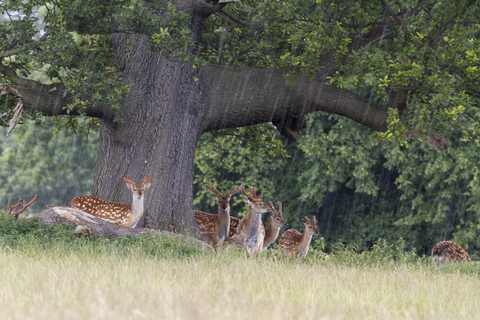
-
Red deer with beautiful antlers
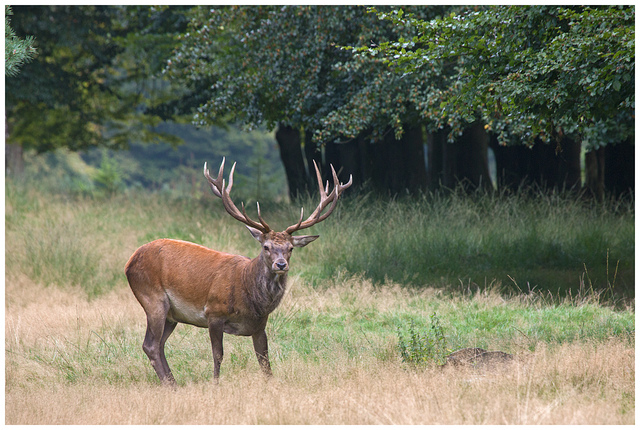
-
Red deer on a hillside
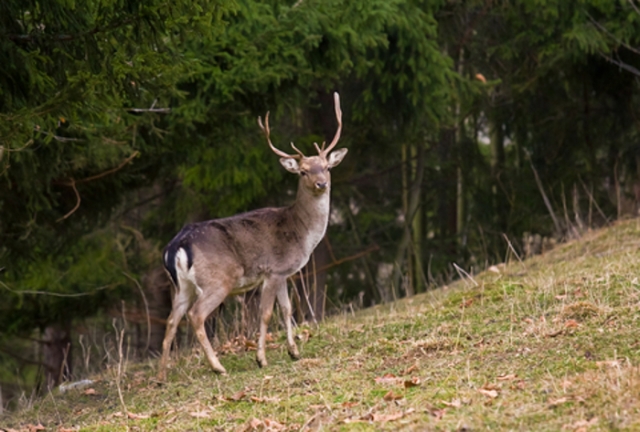
-
Jump! Let's go!
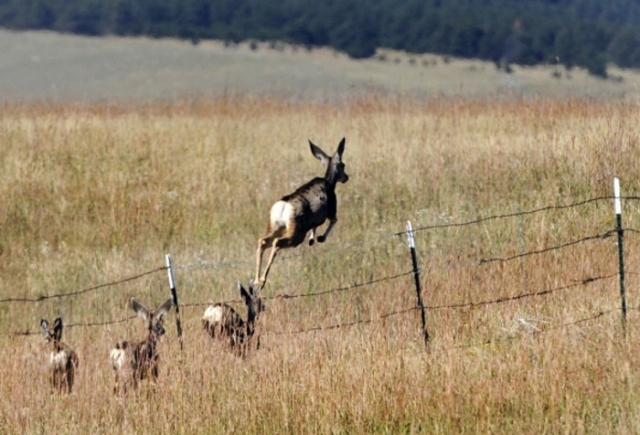
x-default
